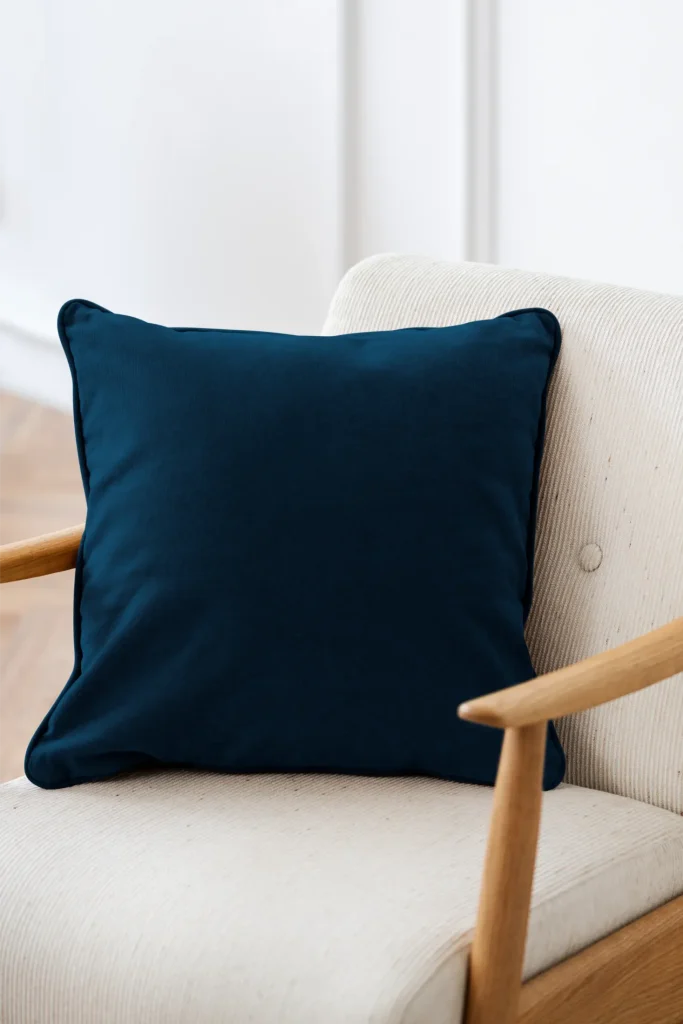We offer warm, compassionate, client-based therapies with a strong evidence base to people of all ages to meet the individual needs of our clients.



At The Hummingbird Centre we endeavour to provide you with an empowering experience. An important element of therapy involves helping you to understand the causes of your concerns and to learn tools and strategies to improve these areas of your life. Another important element is forming a warm and respectful relationship with a therapist. This can provide a space away from the everyday pressures of your life in which to explore and understand yourself, and to gain new perspectives and vantage points on your life.
At The Hummingbird Centre, our therapy style is as diverse as our team of therapists. Each professional brings a unique approach shaped by their training and experience. Whatever our overall style, we prioritise creating a safe and collaborative environment where clients feel comfortable exploring their thoughts and emotions. Our therapists are committed to understanding individual needs and tailoring their methods accordingly, ensuring every client receives support that resonates with them.
We provide support to people of all ages, including individuals, couples, families, and organisations. Our services cater to those seeking assessments or treatment for various mental health and developmental challenges. Whether you are looking for personalised therapy, assessments for neurodiversity, or organisational support, we are here to help. Our commitment is to create a welcoming environment where everyone can explore their concerns and receive the guidance they need to thrive.
At The Hummingbird Centre, we support a diverse range of presentations, including anxiety, depression, stress, neurodiversity, trauma, and more. Our team is equipped to address various mental health and developmental concerns, recognising that each individual’s journey is unique. We take a holistic approach to treatment, ensuring that clients receive personalised care tailored to their specific needs. Our goal is to provide a safe space for exploration and healing, helping you to navigate your challenges and achieve your wellness goals.
At The Hummingbird Centre, our therapists are trained in a variety of evidence-based modalities to provide comprehensive support for our clients. Their expertise includes Cognitive Behavioural Therapy (CBT), EMDR therapy, neurofeedback, schema therapy, and Dialectical Behaviour Therapy (DBT). This diverse range of training equips our team with the skills necessary to address a wide array of mental health concerns effectively. We prioritise continuous professional development, ensuring our therapists stay current with the latest research and best practices to deliver the highest quality of care.


Our psychologists at The Hummingbird Centre can offer the following services including, but are not limited to:
Many people think that therapy is something that is only for people who are facing a crisis or major mental health difficulties. While it is true that therapy can be very effective in assisting people to cope with crises and improve mental health, there are other ways that therapy can be helpful. Our clinicians at The Hummingbird Centre are skilled and experienced in assisting people to identify and address depression and improve their quality of life.
To learn about or understand themselves, others, or situations better
To work through problems
To work on relationships with family, friends, partners, colleagues, or others
To adjust to change
To be seen and heard
To get an alternative perspective
To optimise health (mental, physical) and wellbeing
To gain insight
To learn how to set boundaries
To assist with decision making or problem solving skills
To process life events
To learn how to deal with one’s own and/or others’ emotions
To understand how to support others who are experiencing difficulties
To work on parenting with a non-judgemental stance
To change unhelpful patterns or habits
To speak to someone objective
To improve their ability to cope
To improve motivation
To identify and work on plans, goals and aspirations
To talk to someone knowing that their discussions will be kept private
To get support to navigate major life transitions


We are here to help you in your professional development and ensure you receive the highest-quality supervision tailored to your needs. By choosing The Hummingbird Centre for your supervision needs, you ensure that you receive expert guidance, support, and the opportunity to develop your professional skills in a nurturing and collaborative environment.